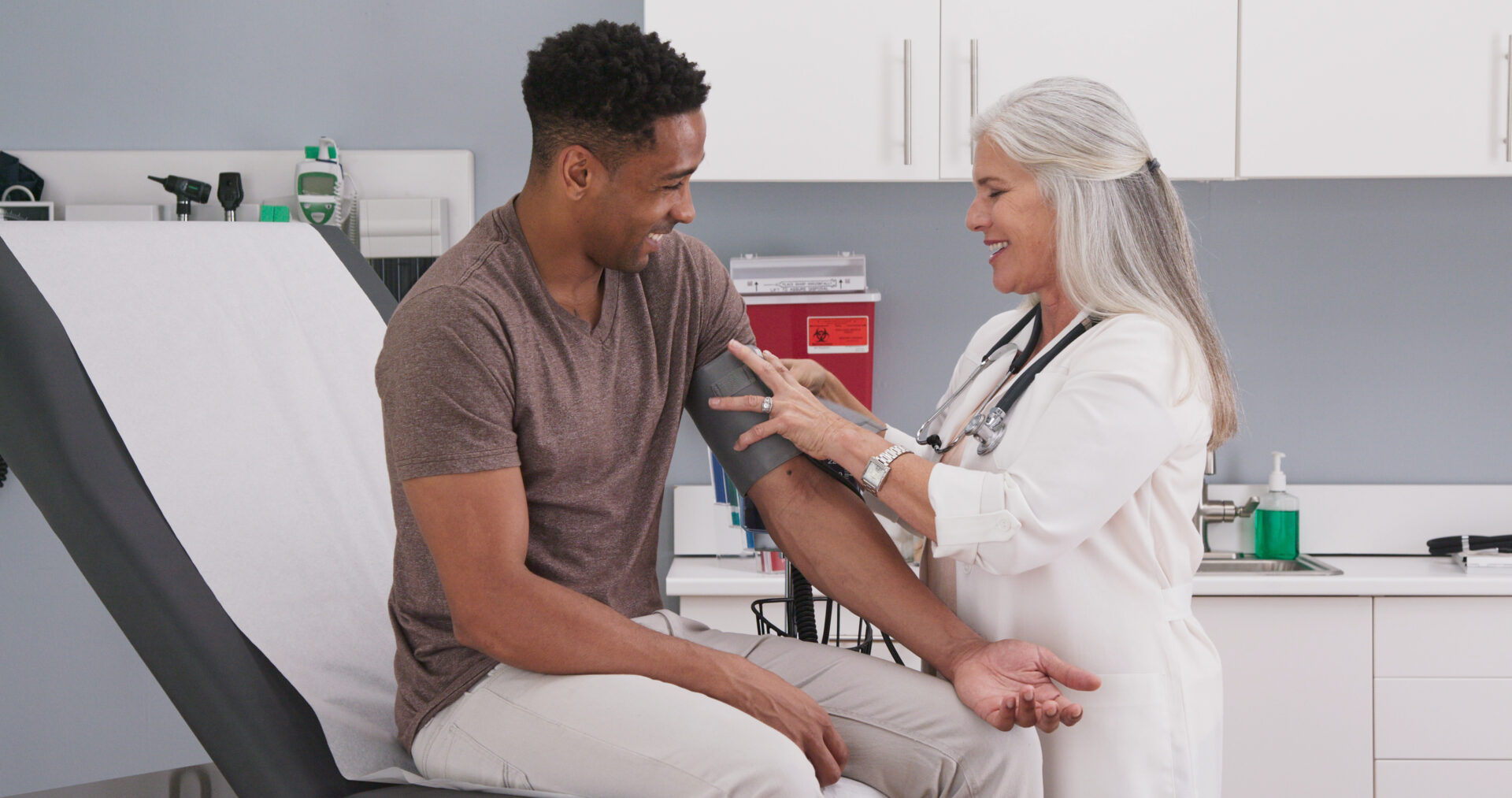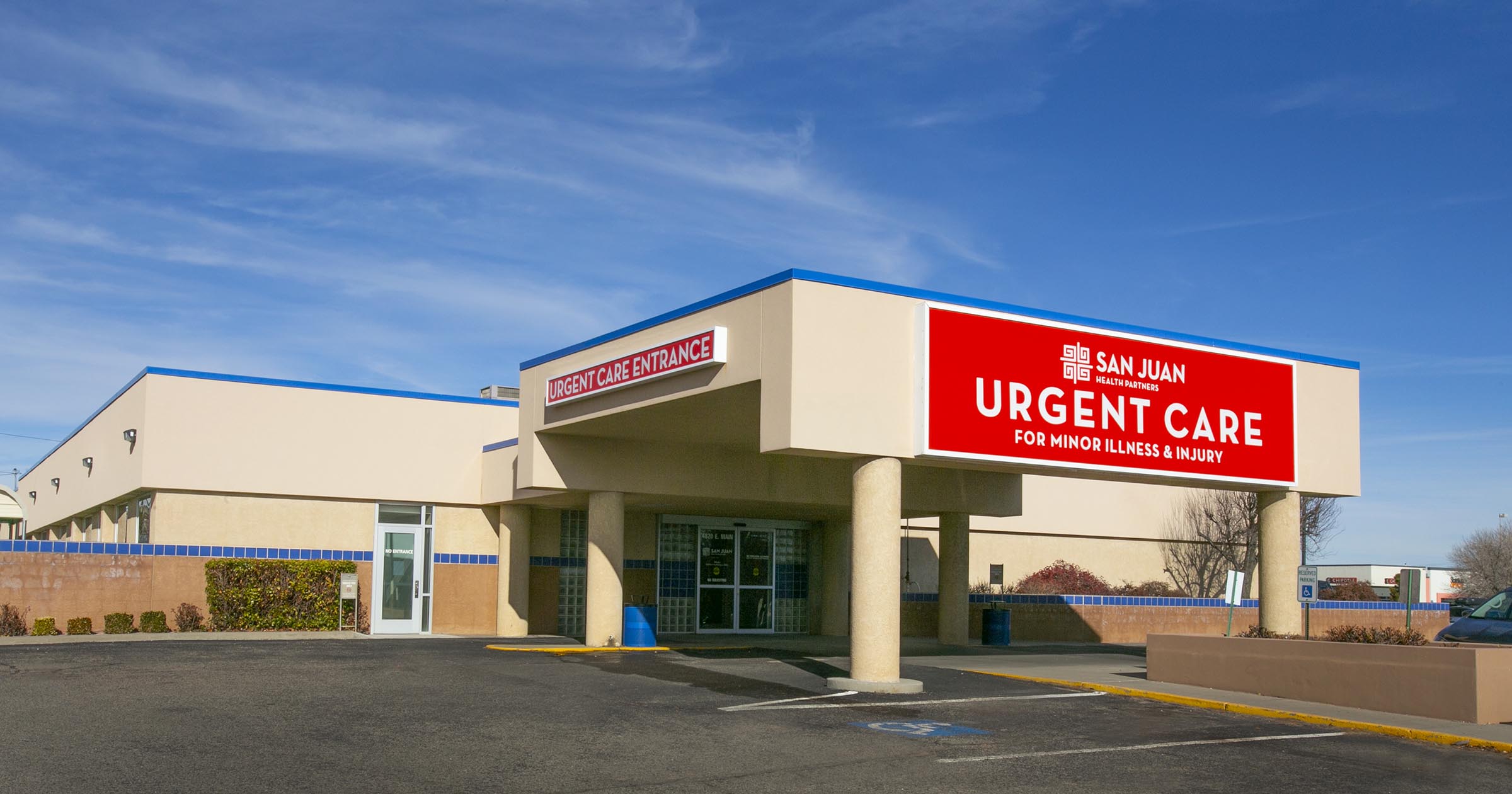How to Locate Dependable Urgent Care Clinics in Your Location
How to Locate Dependable Urgent Care Clinics in Your Location
Blog Article
Recognizing the Duty of Urgent Treatment in Giving Timely Treatment for Non-Life-Threatening Problems
Urgent treatment centers have become an essential component of the healthcare landscape, resolving the immediate requirements of individuals with non-life-threatening problems. By offering easily accessible and prompt medical services, these centers properly connect the void between primary treatment and emergency divisions. Nevertheless, the implications of their duty prolong beyond simple convenience, motivating a better examination of when and how these facilities are utilized. Comprehending the nuances of immediate care might significantly influence person outcomes and the general effectiveness of healthcare delivery. What variables add to their expanding relevance in modern medicine?
What Is Urgent Treatment?
Urgent treatment describes a classification of medical services designed to deal with non-life-threatening conditions that need immediate focus. These facilities act as an intermediary between main treatment physicians and emergency clinic, using a convenient choice for clients that need punctual treatment without the comprehensive waiting times commonly associated with emergency situation departments.
Urgent treatment centers are generally staffed by physician, including doctors, registered nurse specialists, and doctor assistants, that are educated to diagnose and deal with a vast range of problems. Typical solutions given by these centers include therapy for small injuries, ailments, and infections, as well as analysis examinations such as X-rays and lab work.
The ease of access of immediate treatment is an essential aspect in its allure, as numerous facilities operate past regular office hours, including nights and weekends. This extended schedule permits patients to get prompt care when their health care copyright might not come. Additionally, urgent care facilities usually accept walk-in clients, removing the demand for consultations. In general, immediate treatment plays a crucial function in the medical care system, ensuring clients can access crucial clinical services immediately and successfully.

Numerous individuals may discover themselves unsure about when to seek care at an urgent treatment center rather than a primary treatment medical professional or an emergency situation room. Immediate treatment is designed to resolve non-life-threatening conditions that require timely focus but are not serious adequate to warrant an emergency situation space browse through.
Usually, one should take into consideration immediate take care of concerns such as minor cracks, sprains, cuts requiring stitches, or infections like urinary system tract infections. In addition, cold or flu symptoms, breakouts, and allergies can likewise be suitably managed in this setting.
It is essential to keep in mind that urgent care is not appropriate for lethal emergency situations, such as chest pain, trouble breathing, or serious bleeding, which demand immediate emergency clinic treatment.
Individuals who do not have access to a medical care physician or can not secure a timely appointment may also benefit from urgent treatment services. Ultimately, understanding when to utilize urgent care can result in a lot more reliable healthcare delivery, permitting patients to obtain the suitable level of treatment based on their specific health and wellness needs.
Benefits of Urgent Treatment Centers
Selecting urgent care centers for non-life-threatening problems supplies several benefits that boost individual experience and ease of access. One primary benefit is the decreased delay times compared to conventional emergency clinic. Urgent treatment centers commonly operate a first-come, first-served basis, permitting people to receive prompt clinical focus without the long delays frequently connected with healthcare facility setups.
Additionally, immediate treatment centers give extensive hours, including weekend breaks and nights, suiting patients with differing routines. This versatility navigate to these guys makes certain that people can seek care when it is most convenient for them, better promoting timely intervention.

Moreover, these centers usually provide a thorough array of services, consisting of minor procedures and diagnostic examinations, all under one roofing system. This combination of solutions not only improves the patient experience but likewise cultivates a more cohesive strategy to managing non-life-threatening wellness concerns, eventually benefiting general individual end results.
Typical Problems Dealt With
At urgent care facilities, a variety of non-life-threatening problems can be effectively treated, offering patients with accessible and prompt clinical support. page These facilities are specifically proficient at dealing with problems that need prompt interest but do not present an immediate threat to life or arm or leg.
Common problems dealt with at urgent care centers consist of small injuries such as fractures, sprains, and stress. Immediate treatment facilities are furnished to carry out required diagnostic examinations, such as X-rays and lab tests, allowing them to offer extensive treatment.
In addition, urgent treatment providers can carry out inoculations, aiding to protect against the spread of infectious conditions - Urgent Care. They also use solutions for minor treatments, such as suturing wounds or draining abscesses. By supplying these varied solutions, immediate care centers play a vital role in linking the space in between medical care and emergency situation services, making sure clients receive timely therapy for a wide variety of problems without the demand for long haul times normally related to emergency spaces
How Urgent Treatment Supports Medical Care System
Urgent treatment facilities play a vital duty in sustaining the total healthcare system by alleviating the problem on emergency situation divisions and giving prompt accessibility to healthcare for non-life-threatening conditions. By managing situations such as small injuries, infections, and diseases, immediate care centers allow emergency departments to concentrate on even more crucial people calling for instant interest.
Additionally, urgent treatment centers improve health care access, providing extensive hours and a more hassle-free alternative to traditional medical care settings. This accessibility is particularly helpful for clients that might not have a regular doctor or that call for immediate treatment outside of typical office hours. Because of this, urgent care facilities successfully reduce boost and wait times individual contentment.
Additionally, immediate care centers contribute to set you back savings for both clients and the health care system by supplying lower-cost services compared to emergency situation divisions. This financial performance is important you can try this out in an age of rising healthcare prices, enabling patients to receive required care without sustaining inflated expenses.
Final Thought
Finally, urgent care facilities play an essential role in the medical care system by supplying punctual therapy for non-life-threatening problems. By connecting the space between key treatment and emergency situation rooms, these centers guarantee that people obtain timely medical interest without the extensive delay times typically connected with emergency situation departments. The availability and efficiency of urgent treatment facilities contribute dramatically to reducing the general concern on medical care sources, enhancing individual end results, and advertising a more efficient health care delivery system.
Immediate care facilities have arised as an essential element of the health care landscape, attending to the instant demands of people with non-life-threatening problems. Immediate care sees typically sustain lower out-of-pocket expenses contrasted to emergency division sees, making care extra inexpensive for people without jeopardizing top quality. Immediate care centers are geared up to perform needed analysis examinations, such as X-rays and research laboratory examinations, allowing them to supply detailed treatment.
By using these diverse services, immediate treatment facilities play an important role in connecting the gap in between primary care and emergency situation services, making certain patients receive timely treatment for a broad variety of conditions without the need for lengthy wait times commonly connected with emergency situation spaces.
Moreover, immediate treatment facilities improve healthcare access, providing extended hours and a more hassle-free choice to conventional key treatment settings.
Report this page